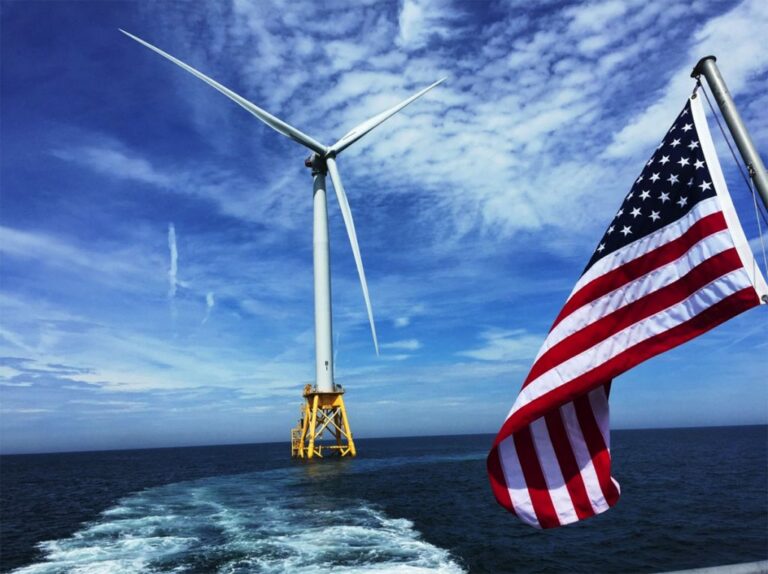
The report, called Building a National Network of Offshore Wind Ports: A $36B Plan for Domestic Clean Energy Infrastructure, highlights the “urgent” need for private and public investment in the US offshore wind port development and outlines potential solutions for unlocking the needed capital to build the US industry and meet the country’s 2030 and 2050 offshore wind targets.
According to the report, the port infrastructure is one of the most significant bottlenecks impeding the advancement of the US offshore wind industry.
However, the paper offers practical cost and timing requirements for needed projects to ensure ports are ready to meet current and future demand. The report also suggests nine approaches state and federal policymakers could take to encourage private investment, including subsidizing portions of the infrastructure costs or de-risking projects to drive confidence and cost-efficiency.
“The offshore wind industry has gained enormous momentum in just the last year, with steel in the water on the first two U.S. commercial-scale projects,” said Liz Burdock, president and CEO of the Business Network for Offshore Wind.
“However, the shortage of port infrastructure developments is a critical bottleneck to industry growth that risks derailing progress. Federal and state governments must work together with private industry to incentivize and finance new offshore wind port projects to support our growing industry and create thousands of jobs in the process.”
Although over USD 2.5 billion has already been invested in the US ports, the country needs approximately 99-119 port development sites across the East Coast, West Coast, and the Gulf of Mexico to support the full buildout of the industry, with 35 ports currently operating or under development, according to the report.
In addition, the need for specialised ports on the West Coast to support floating offshore wind development comprises more than a third of the overall US market need, the paper outlines.